Gallatin River Information
Overview
The Gallatin River was immortalized in the movie “A River Runs Through It” when it was filmed in the area in the 90s. Its deep canyon, emerald water, and easy access make it a favorite for people coming from the Bozeman area. It is one of the most accessible rivers in our neighborhood and caters to all walks of life.
The Gallatin River can be broken down into three distinct sections: the Park stretch, the Canyon, and the Lower River.
The Park Stretch
The Gallatin rises far in the mountains of the Northwest corner of Yellowstone National Park. It flows downstream through meadows until it meets up with US 191 at Fawn Meadows. The river runs beside the road for most of its journey downstream, making access very easy. Hikers and backpackers can enjoy the hike to the headwaters, and the fishing can be stellar. From Fawn Meadows to the park boundary the Gallatin retains almost a small stream feel.
This stretch of river is smaller and more intimate than anywhere else on it’s length. Anglers can find native cutthroat in the river, although they tend to not be big. When you can fish an attractor dry fly all season and not spend all day hiking in, you don’t mind! For those who don’t fish there are numerous hiking trails in this area, and the wildlife watching is often very good. You can see bison, elk, the occasional wolf, bears, and more in this stretch.
The Canyon
Once the Gallatin River exits the park, it begins its journey down the Gallatin canyon. The grade is steep, and the river flows fast through most of it. This is the most well known stretch of the river and the most scenic. The deep canyon walls remind you of the Smith in places. This is pocket water fishing, carefully wading to find that one quiet spot. Be mobile, and you’ll find success. The Gallatin Canyon is also one of the best winter fisheries in the area from Big Sky down to the valley.
This section of river has a pullout along the road every few miles. Access is very easy, and as such it can get busy. Be prepared to walk a ways to find some quiet water if that is what you’re after. There are also several Forest Service campgrounds through the canyon that are a lot of fun to stay at. Non-anglers have a host of options close by including hiking, berry picking, and shopping in nearby Big Sky.
Whitewater enthusiasts love the Gallatin Canyon. All season long you can find kayakers and whitewater rafters enjoying what the Gallatin has to offer. There are several stretches of great rapids for the adventurous kayaker.

The Lower River
As the Gallatin River moves out of the canyon, it enters the Gallatin Valley. From here, the river flows toward Three Forks, where it forms the Missouri River by combining with the Madison and Jefferson Rivers. The river loses a bit of the steam and flow from its time in the canyon, but gains more volume as more creeks and streams flow into it. In hot summers, irrigation drawdown can make the lower Gallatin into barely a trickle.
Access on this stretch of river becomes more challenging. There are still fishing access sites you can use to get on the water, but be willing to walk to find the best water. While there are floats you can do on this stretch of river, there are other, better options. The Gallatin here braids out and a lot of those channels end in nasty tangles of brush and deadfall. As the Gallatin nears its end near Logan, the river slows way down and broadens up to its widest point.

Top 3 Whitewater Floats on the Gallatin River
Floats coming soon, stay tuned!
Gallatin River Streamflow
Coming Soon


